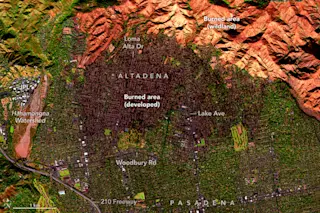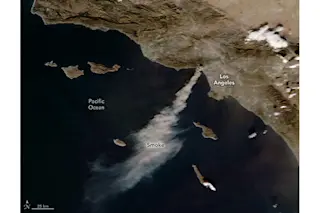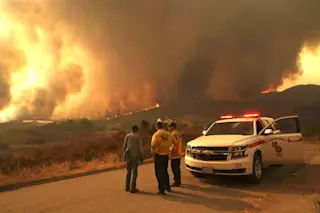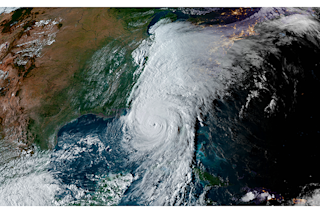Astronaut Rickey Arnold took this spectacular photograph of Hurricane Florence from the International Space Station at 8:10 a.m. EDT on Sept. 10 as it moved west across the Atlantic. Please click to enlarge it. (Source: NASA) When I woke up this morning, Hurricane Florence was a Category 1 storm with maximum sustained winds a little above 100 miles per hour. As the storm has moved over very warm waters during the day, it has exploded in intensity to a Category 4 storm with max winds of 140 miles per hour. As the National Hurricane Center put it this afternoon:
Unfortunately, the models were right. Florence has rapidly intensified into an extremely dangerous hurricane . . .
The forecast shows Florence strengthening even further and approaching Category 5 strength tomorrow. (Click on the thumbnail at right for the current forecast track.) It's not yet clear whether it will maintain that strength ...













